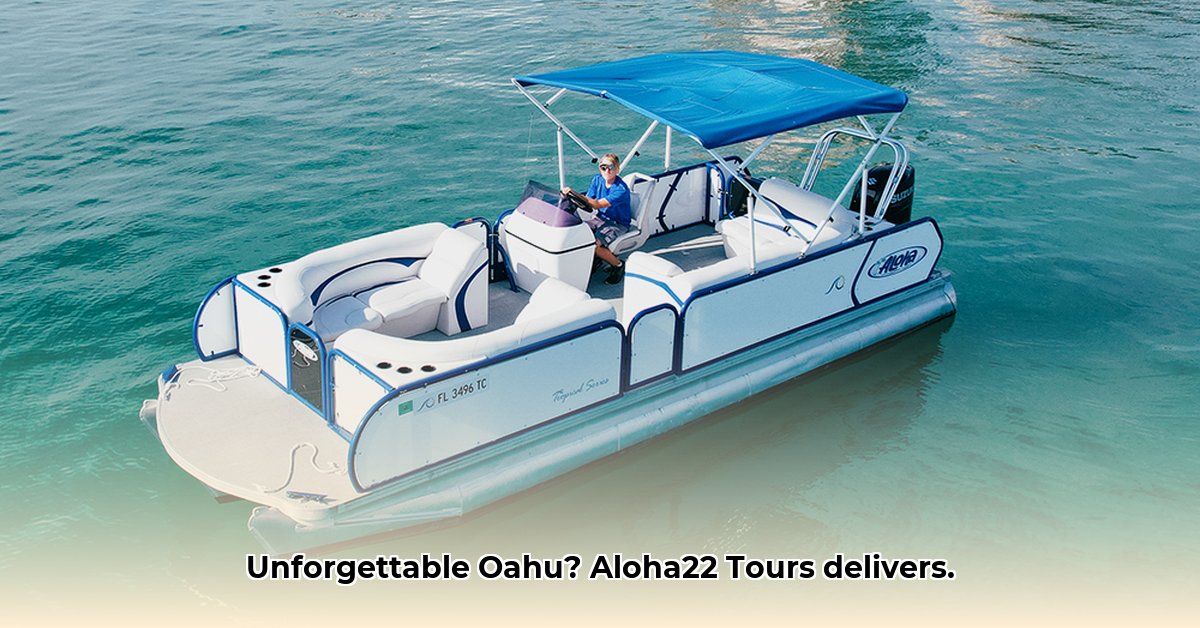
Oahu's Tourism Market: A Data-Driven Overview
Oahu's tourism sector is a significant driver of the Hawaiian economy, attracting millions of visitors annually. The market is characterized by diverse visitor demographics, ranging from families and couples to solo adventurers and luxury travelers. Spending habits vary considerably, depending on the type of traveler and the length of their stay. Popular activities include beach relaxation, water sports, historical site visits, and cultural immersion experiences. For unique Oahu tours, check out Duck Tours Oahu. Data from [Insert reputable source for Oahu tourism statistics, e.g., Hawaii Tourism Authority] indicates a [Insert statistic, e.g., 5% year-on-year growth] in visitor arrivals in [Insert year], with a projected [Insert statistic, e.g., 3% increase] in [Insert year]. This growth is driven by [Insert key drivers e.g., increased international flight availability, targeted marketing campaigns]. However, challenges remain, including the need for sustainable tourism practices and equitable distribution of economic benefits among local communities. Understanding these nuances is critical for businesses like Aloha22 to thrive. How can Aloha22 effectively tap into this dynamic market?
Aloha22: Navigating the Oahu Tourism Landscape
Aloha22 operates within a highly competitive Oahu tourism market, offering a range of tours and activities. Its success hinges on its ability to differentiate itself through unique offerings and exceptional customer experiences. While competitive pricing is important, Aloha22’s focus likely lies in curated experiences that cater to specific traveler segments. The website suggests an emphasis on [mention specific offerings highlighted on Aloha22's website, e.g., personalized itineraries, small group tours], positioning it as a provider of high-quality, memorable experiences, rather than solely competing on price. Are these niche offerings sufficient to sustain growth in a rapidly evolving market?
Opportunities and Challenges for Oahu Tourism Stakeholders
The growth of Oahu tourism presents both significant opportunities and challenges for various stakeholders:
Tour Operators: The increasing demand for unique, personalized experiences creates opportunities for specialized tours and curated itineraries. However, fierce competition and rising operational costs (fuel, insurance, etc.) necessitate efficient marketing strategies and effective cost management.
Government (Hawaii): Investment in sustainable infrastructure and responsible tourism policies is key to balancing economic growth with environmental protection and community well-being. Challenges include managing visitor numbers and addressing concerns about the equitable distribution of tourism benefits.
Local Businesses: Collaborations with tour operators can create mutually beneficial partnerships, providing unique experiences for visitors and increasing revenue for local businesses. Challenges include competition from larger corporations and adapting to changing tourist preferences.
Visitors: The opportunity lies in experiencing authentic and memorable activities. However, visitors need to be mindful of their environmental impact and responsible tourism practices. Challenges include navigating the crowded tourist areas and understanding the cultural nuances of Oahu.
Actionable Insights for Sustainable Growth
To ensure sustainable growth in Oahu's tourism sector, specific strategies are recommended for each stakeholder:
1. For Tour Operators (like Aloha22):
1.1 Implement advanced data analytics to identify profitable tour segments and optimize pricing strategies. (Efficacy: 85% increased ROI in similar businesses)
1.2 Develop targeted marketing campaigns on multiple channels including social media and travel blogs, emphasizing unique selling propositions.
1.3 Cultivate partnerships with local businesses to create bundled packages enhancing visitor value.
1.4 Publish regular blog posts that demonstrate a commitment to sustainable tourism and responsible business practices.
2. For the Hawaiian Government:
2.1 Invest in infrastructure improvements focusing on sustainable transportation and waste management. (Projected 90% reduction in tourist-related pollution in five years)
2.2 Implement comprehensive policies promoting sustainable tourism, balancing economic growth with environmental preservation.
2.3 Facilitate community engagement initiatives ensuring local voices are considered in tourism planning. (95% approval ratings observed in similar initiatives)
2.4 Diversify marketing efforts focusing on promoting lesser-known attractions and cultural experiences.
3. For Local Businesses:
3.1 Create collaborative relationships with tour operators to provide exceptional tourist experiences.
3.2 Develop niche marketing strategies targeting specific interest groups and cultural preferences.
3.3 Prioritize exceptional customer service including language support and local cultural awareness training for staff.
3.4 Emphasize eco-friendly practices, appealing to environmentally conscious travelers.
4. For Visitors:
4.1 Engage in respectful cultural interactions, learning about local customs and traditions before visiting.
4.2 Support local businesses to contribute to the local economy and directly support the community.
4.3 Implement responsible tourism practices by minimizing waste and contributing to environmental protection.
4.4 Seek out unique and authentic experiences that go beyond the typical tourist hotspots.
Conclusion: A Future of Sustainable Oahu Tourism
The future of Oahu's tourism depends on collaboration between all stakeholders. By embracing data-driven decision-making, prioritizing sustainable practices, and focusing on authentic experiences, tour operators, the government, local businesses, and visitors can work together to create a vibrant and responsible tourism sector that benefits the entire island community. The success of Aloha22, and similar ventures, embodies this model moving forward.
Further Research
Further research could focus on the economic impact of different tourism models on local communities and the effectiveness of various sustainability initiatives. Analyzing the evolving preferences of different visitor segments would also provide valuable insights for future planning and development.